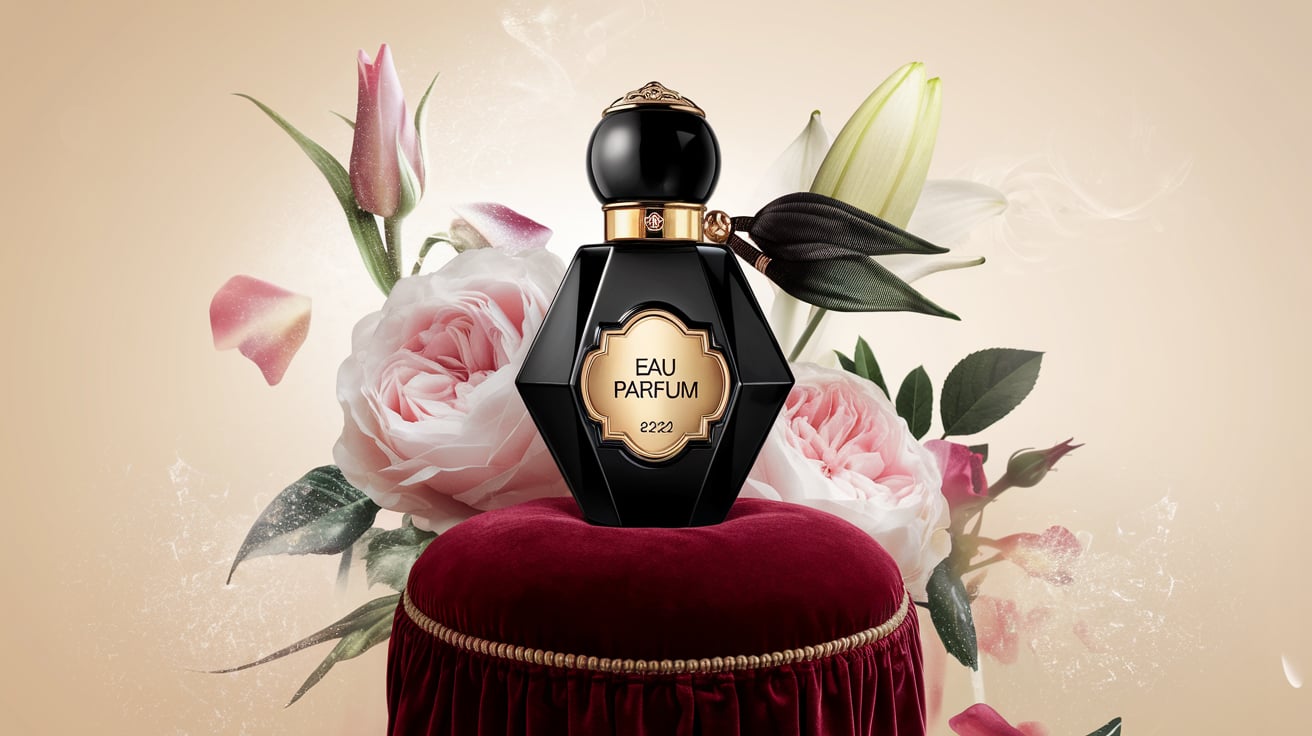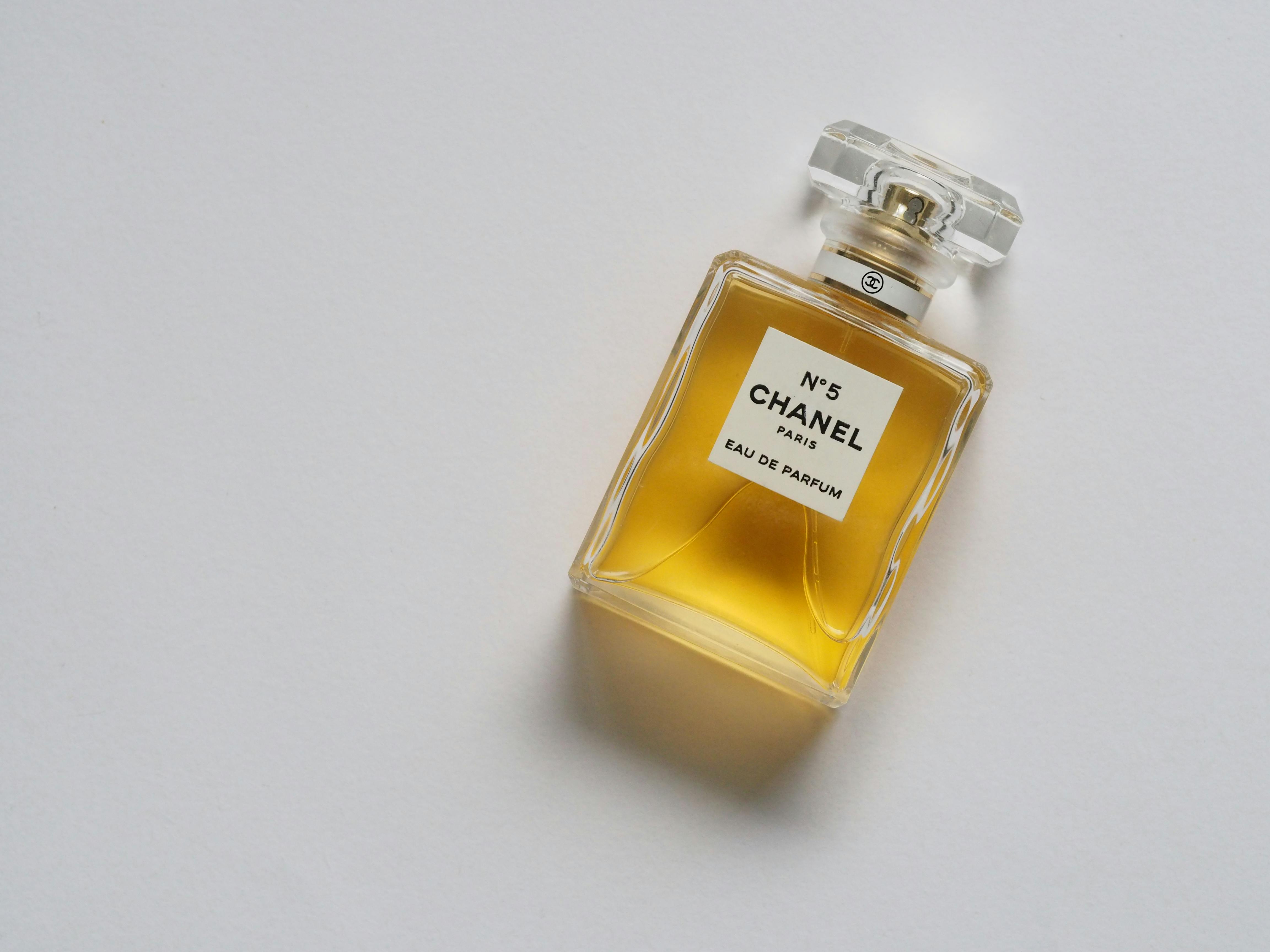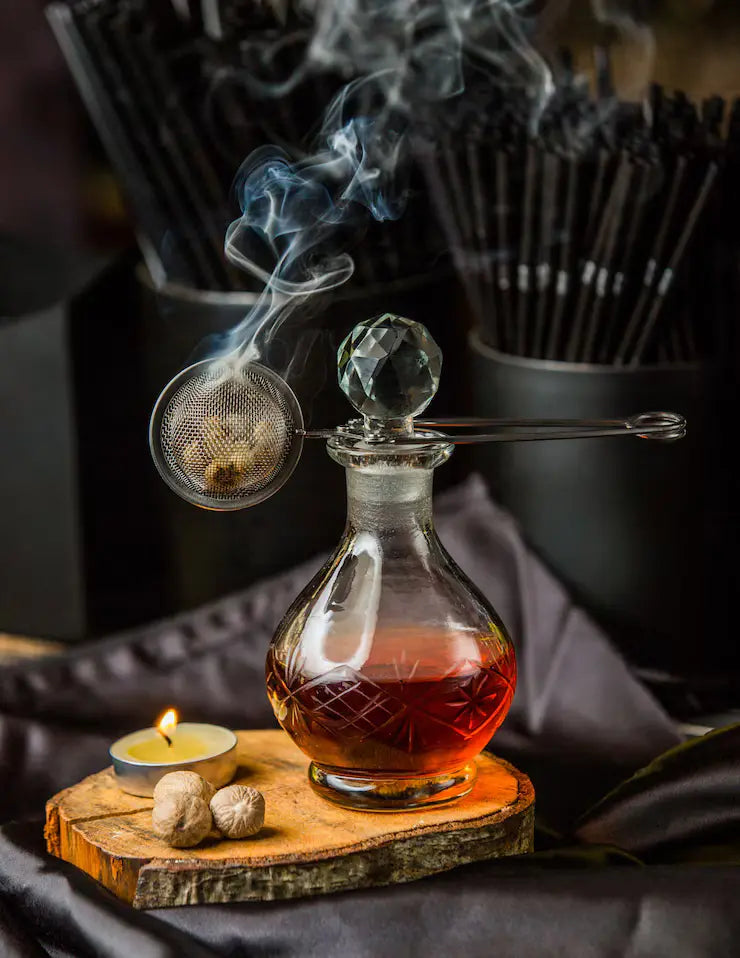
A Guide to Fragrance Families for Beginners
While shopping for fragrances, deciding where to start and how can get grueling. Given that there are hundreds of fragrances. If you are not aware of the various fragrance notes and accords, then it will take forever for you to find out your favorite scent that also matches your personality.
This is why it is helpful to learn about the scent families and wheel before getting your hands on fragrances.
Perfumes are made by mixing different notes and accords, which determines what each fragrance should smell like. In this article, you will be acquiring information on
- What are fragrance families?
- What are fragrance accords and notes?
- Classifying scent families
- Woody
- Fresh
- Floral
- Citrus
The best part about gathering information about fragrance families is that they come in handy. These details have been classified into four major families in the perfume industry and then divided into their subgroups to help you identify these fragrances without facing hurdles.
This guide will serve as a perfect way to get closer to the journey of finding your signature scent.
What is a Fragrance Family?
The scent family is an organizing system that the perfume industry utilizes to place specific scents into their respective olfactory category. Each perfume family has a number of identifying factors that enable us to distinguish scents. Having a command of which fragrance family you favor narrows down your choices and helps in discovering new scents in an easier way.
The Power of the Sense of Smell
If we were to describe it in simple words, then the notes are the perfume indigents and the accords are known as the “fantasy” notes, which are created from several other notes to achieve one scent that couldn't be created otherwise.
Fragrances are created using different notes and accords, which are developed from a mixture of aroma-chemical and natural indigents to form a generalized scent.
These accords and notes are classified into three different classes in the perfume pyramid:
- Top notes
- Middle notes
- Base notes
Each of the abstracted stages is precisely created by fragrances to evaporate accordingly.
For instance, top notes such as citrus evaporate faster than Sandalwood and Agarwood which are found in the middle or base notes of perfumes. In the modern era of perfumery, accords are an essential part of the equation while creating a rhythmical blend of two or more notes into a distinctive scent.
So, to sum it up, fragrance terms referred to as the “accords” and “notes” are often used for marketing to elaborate on what clients may expect while smelling a particular fragrance.
Classifying The Perfume Families
Scents families are divided into four main categories i.e. Woody, Fresh, Floral, and Oriental, with each having its own subfamilies. A fragrance family has peculiar characteristics, and often individuals gravitate towards one specific scent family over the other when choosing a personal fragrance.
Professionals who have been working in the industry for years can quickly tell which family or subfamily a fragrance harmonizes with by just one sniff.
1. Woody
Woody fragrances are normally opulent and warm, fusing incense-like scents such as patchouli and sandalwood with drier notes such as cedar. To add a balance to the warmth of these notes, perfumes will sometimes incorporate fresh notes like floral or citrus. Notes in this family can be depicted as bitter, woody, or coniferous.
Common Woody Family Notes:
- Vetiver
- Sandalwood
- Patchouli
Subfamilies
- Woods – Aromatic scents such as sandalwood, vetiver, and cedar wood.
- Dry Woods – smokey mixed and smoldering mixed with leather aromas.
- Mossy Woods – Smooth, earthy and sweet scents like amber and oak moss.
2. Fresh
The fresh perfume families hold bright clean fragrances. For instance, herbs, citrus, oceanic scents, etc. fall into this category. They are more frequently used in men’s fragrances as compared; to women’s, fresh scents are often paired with spicy notes to create more strongly made perfumes. Tart and aromatic scents can also be found mixed with fruity and zesty scents.
Common Woody Family Notes:
- Grapefruit
- Bergamot
- Sage
Subfamilies
- Green – smells of freshly crushed green leaves and mowed lawns
- Citrus – tangy or zesty notes like bergamot and mandarins
- Water – aquatic scents that smell like sea spray or rain mixed with oceanic notes
- Aromatic – fresh and clean herbs mixed with woody or lavender scents
3. Floral
The floral fragrance family consists of a few of the most commonly used notes and is quite well-loved in the world of perfumery. This scent family is highly used in women’s fragrances, these floral scents are also occasionally used in men’s fragrances as well. They generally smell like freshly picked flowers or have a powdery note to them. Floral perfumes are the perfect fit for summer and spring.
Common Woody Family Notes:
- Orange blossom
- Jasmine
- Rose
Subfamilies
- Soft floral – powdery, sweet, and soft with a little hint of cream
- Fruity – edible, tropical, and sweet just like pear, apple, or peach
- Floral – scents like freshly - picked flowers – such as Lilly and rose
- Floral oriental – florals with subtle spicy notes
4. Oriental
This scent family encompasses rich, exotic fragrances. When you talk about oriental scents, don't forget spices, herbs, or dry, powdery, resin accords/notes. Heady and opulent, these two notes are frequently softened using sweet or amber notes. It is common to elaborate on this family as seductive and exotic.
Common Woody Family Notes:
- Myrrh
- Anise
- Vanilla
Subfamilies
- Oriental – warm, sweet notes such as vanilla, musk, and cinnamon
- Woody oriental – earthy notes like sandalwood and patchouli mixed with sweet and spicy notes
- Soft oriental – floral, soft notes that are mixed with warm and incense notes
Conclusion
After you have decided which fragrant family you like the best and what notes you will be looking for, it is then time for you to start searching for the perfect fragrance for you. Order samples and travel-size perfume sets from Wani to have a taste of what you want to be your defining fragrance from our collection.















